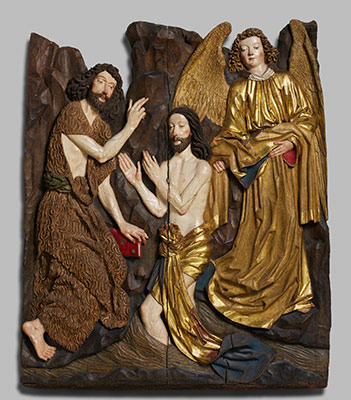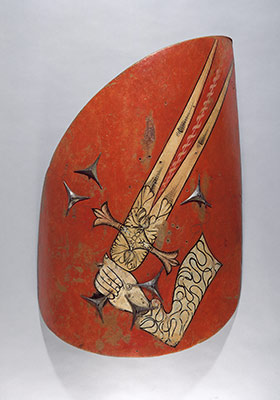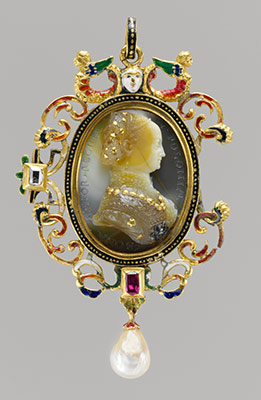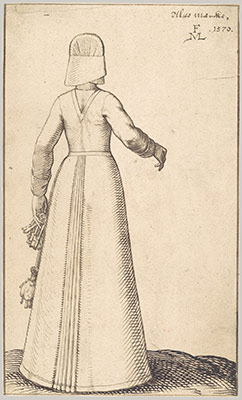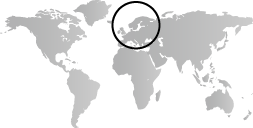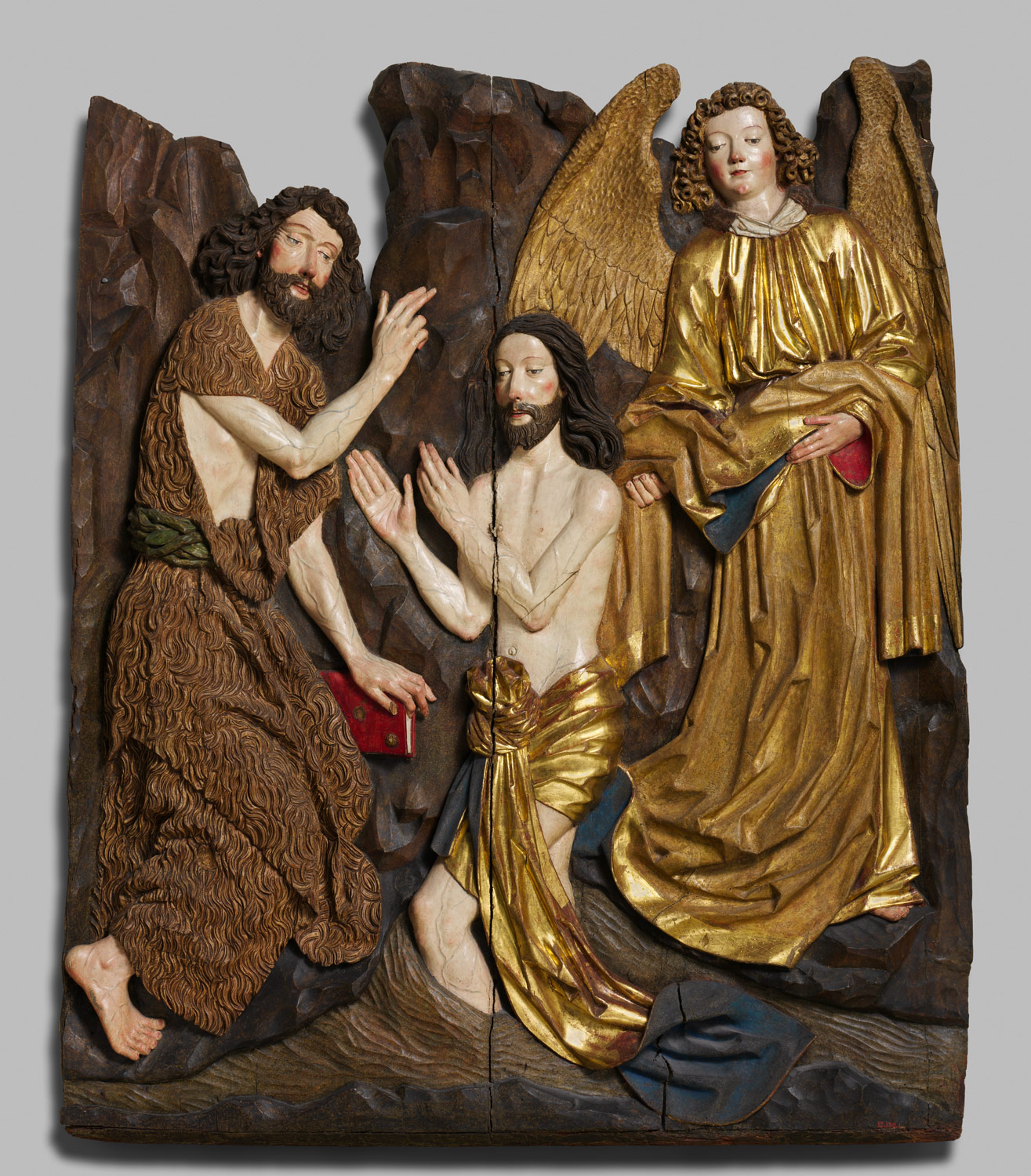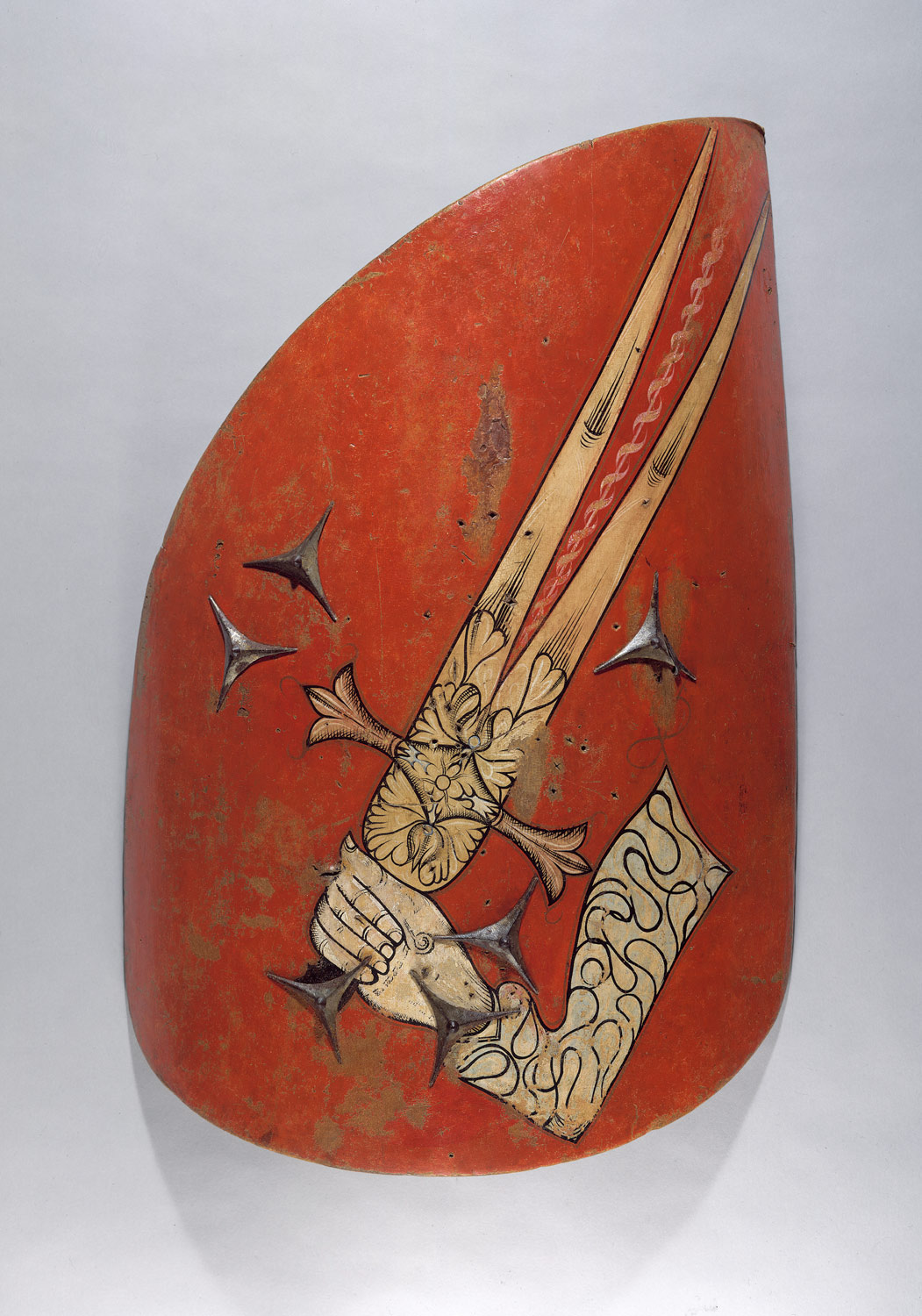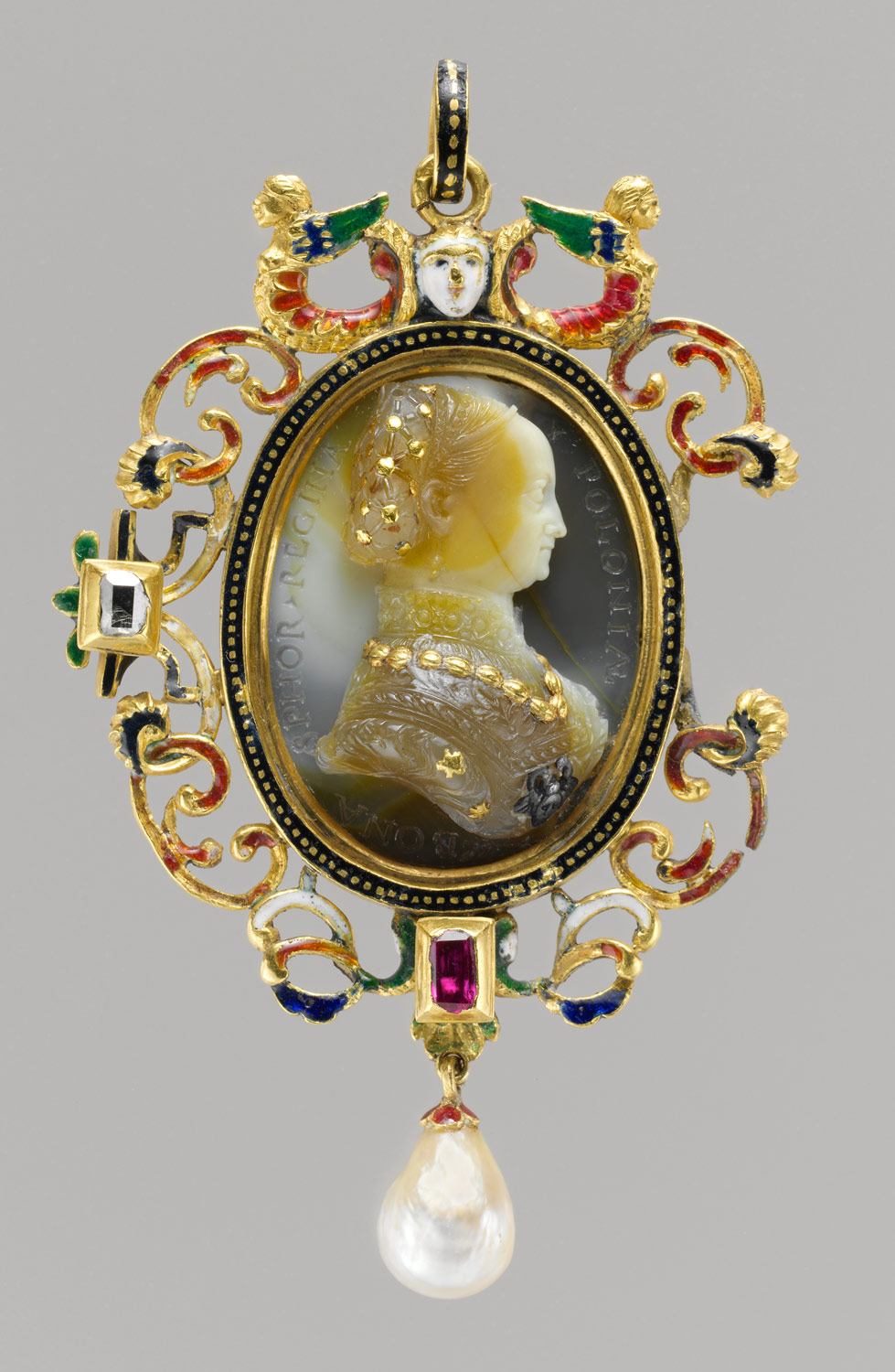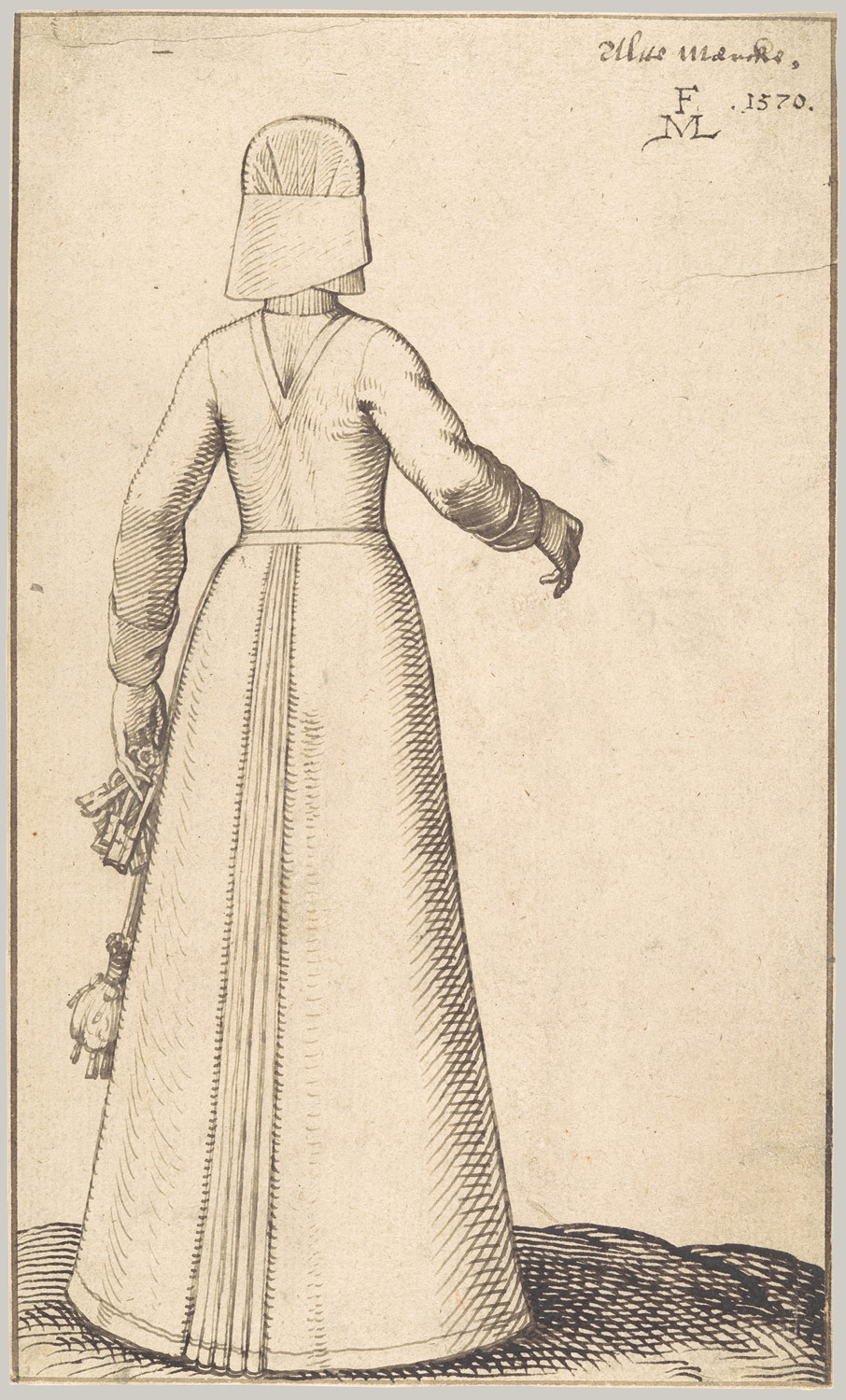In the orbit of the Hanseatic League, a commercial alliance of cities along the Baltic coast, Scandinavia and Eastern Europe prosper in the early part of the period. But by 1500, with the waning of Hanseatic strength, the growth of nationalism among several groups in the region and hostile conflict between the Kalmar Union, Holstein, and the Hanseatic League cause shifts in the balance of power. Clergymen and rulers, eager to advance their own cultural claims, engage artists to assist them. When the Protestant Reformation arrives in the 1520s, it reinforces the nationalist aspirations of the Swedes, Danes, and Germans along the Baltic and creates new possibilities for art patronage. In 1570, Sweden puts an end to seven years of war with Denmark and stands poised to become a world power.
In the early fifteenth century, the many princes scattered throughout modern Ukraine and Russia rule by patents granted by the nomadic khan of the Golden Horde. But the steady weakening of the Horde fosters the ambitions of more daring princes, most notably the Daniilovichi of Moscow. They come to name and crown their heirs without consulting the khan, but suffer violent dynastic disputes until the reign of Ivan III, which marks the end of internecine war and the beginning of a dramatic territorial expansion. Over the next century, Muscovy annexes principalities to the north, south, and west, and challenges Lithuania and Sweden for control of Baltic ports and lands. By 1547, Russia has grown larger than any contemporary European nation, and Grand Prince Ivan IV is crowned Russia’s first emperor orczar.
